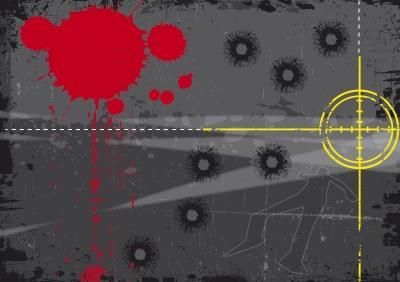“Insurance buyers understand the scope of coverage that is offered and whether it is sufficient for their needs”

Several of the world’s long-established terrorism insurance schemes were set up to deal with a different terrorism threat than is predominant today, according to a new technical guide produced by Airmic in collaboration with Willis.
The report stated: “In general, long-established terrorism schemes were created to meet the challenges of domestic and/or separatist terrorism activity. As an example, the UK’s scheme, Pool Re, was initially established to provide insurance for IRA losses not covered by the insurance market. Rates were subsequently reduced as the peace process progressed, but threats from other sources are now the major consideration that influences premium rates.”
Willis terrorism and political violence practice executive director ad co-author of the report, James Borrie said: “Globally speaking, the terrorism threat is complex, nuanced and constantly evolving. Exposure to terrorism inspired by domestic separatism may have lessened in certain parts of the world. But the risk of ‘lone wolf’ violent extremists – such as the horrific Woolwich terrorist attack – represents a very different sort of threat.”
He added: “A large number of countries have terrorism insurance schemes and many of them were formed in response to the events of September 11, 2001. What this report highlights is that not all terrorism schemes offer identical coverage. Each scheme will have different terms and conditions with varying definitions of terrorism and different exclusions. This makes the design of a truly comprehensive global terrorism insurance policy very complex, requiring specialist professional advice.”
Another potential issue for commercial insurance buyers is the range of weapons that terrorist could potentially bring to bear and the impact this could have. The use of chemical weapons, for example, could result in losses associated with infectious and contagious diseases and loss of access due to action by regulatory authorities. There could also be product recalls as a result of contamination, resulting in claims under all risks property damage/business interruption policies.
“Given all these factors, it is important that insurance buyers understand the scope of coverage that is offered and whether it is sufficient for their needs. In addition, insurance buyers should be aware of typical exclusions,” Borrie added.




















No comments yet